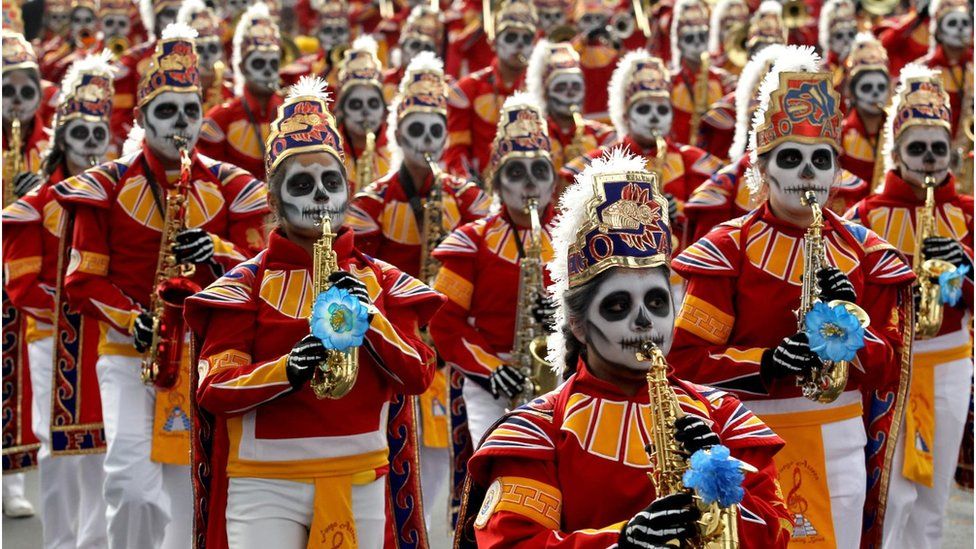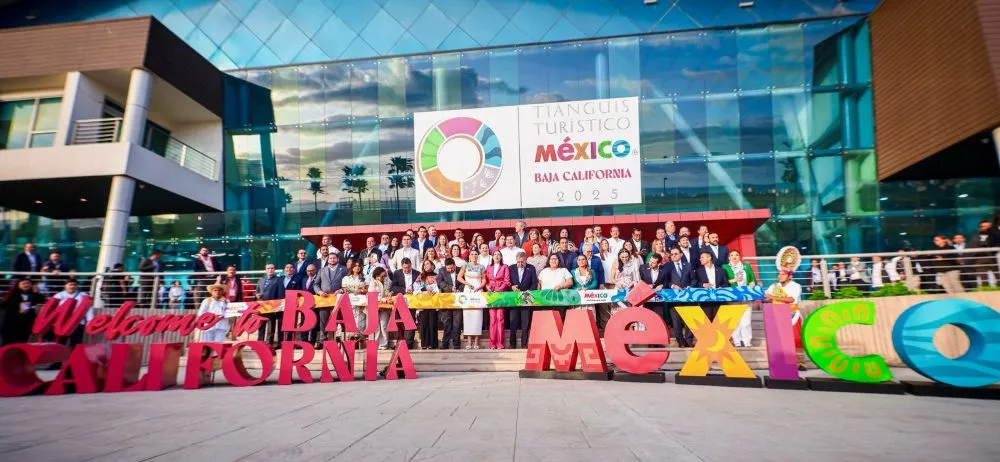Par Célia Patenotte et Maxime Jacquier , Étudiants de troisième année à Sciences Po Grenoble, sous la direction de Sonia Berrakama, professeure d’espagnol à Sciences Po Grenoble – Cet article a été publié initialement sur le site www.elcafelatino.org
Le jour des morts est une tradition incontournable de la culture latino-américaine. Particulièrement au Mexique où cette fête réunit les mexicains pour honorer leurs défunts. La tradition de ces fêtes est également présente dans d’autres pays latinoaméricains comme au Guatemala et au Salvador. Son expression a évolué avec le temps et l’influence de la culture mondiale.
El Día de los muertos: une tradition historique en mémoire des défunts
Cette tradition existe depuis plus 3000 ans et trouve ses origines dans les traditions aztèques et catholiques. C’est pourquoi elle est inscrite au Patrimoine Culturel Immatériel de l’Humanité de l’UNESCO. Du 31 octobre au 2 novembre on assiste à des célébrations en mémoire des morts pour les célébrer avec joie plutôt qu’avec l’habituelle tristesse de l’oubli.
Pendant ces fêtes, les mexicains vont dans les cimetières, allument des bougies et répandent des pétales de fleurs, ce qui, dans la tradition, permet aux âmes des morts de trouver le chemin vers les tombes.
Ils déposent des calaveras, des crânes comestibles fabriqués en sucre ou en chocolat, mais aussi des crânes en plastique. Sur ces décorations typiques est inscrit le nom du défunt.
Sur les tombes, les mexicains posent aussi de la nourriture qui sert d’offrande pour les angelitos, les enfants morts. Ensuite, c’est au tour des adultes de manger. Les offrandes peuvent être de différentes natures : il peut s’agir de fleurs de cempasúchil, d’objets personnels, de l’encens et de crucifix. Parfois, les offrandes sont placées sur des autels spécifiques pour l’occasion.
Une fête commune dont l’expression particulière diffère dans chaque pays
Dans d’autres pays d’Amérique latine, nous pouvons également assister à des festivités qui se différencient de la tradition mexicaine pour el Día de los muertos.
Au Guatemala, il existe beaucoup de traditions et de légendes en lien avec cette fête. En effet, durant ce jour, les fêtes nocturnes, la nourriture et la musique traditionnelle sont des éléments similaires à la tradition mexicaine. Les Guatémaltèques se rendent sur les tombes de leurs proches avec des fleurs afin de les commémorer. Ils mangent sur les tombes des plats spécialement préparés pour la célébration, comme le fiambre (une salade préparée avec jusqu’à 50 ingrédients). Manger sur les tombes leur permet d’être en communion avec les défunts.
Même si beaucoup de ces traditions sont les mêmes qu’au Mexique, il existe des différences dans leur mise en œuvre. Par exemple, une parade de cerfs-volants est organisée au Guatemala. Les cerfs-volants colorés sont lancés dans le ciel afin que les âmes des morts puissent descendre dans le monde des vivants.
Cette fête existe également au Salvador. La population se rend dans les cimetières pour nettoyer les tombes et les fleurir. Mais là aussi on remarque des différences avec le Mexique. En effet, selon la tradition précolombienne, les jeunes se rendent de maison en maison pendant la nuit. Ils sont vêtus d’habits traditionnels représentatifs de la mythologie du Salvador pour demander de l’ayote (des bonbons de courge) avec du miel.
El Día de los muertos: entre tradition et influences
Aujourd’hui, on peut voir une influence importante de la fête mexicaine dans le monde. En effet, le même jour, on retrouve des éléments spécifiques des festivités de « el Día de los muertos » – comme les couleurs et les têtes de morts mexicaines – dans les décorations d’Halloween. Dans le Sud des Etats-Unis la communauté latina célèbre également el Día de los muertos.
En Europe, cette tradition mexicaine inspire les jeunes générations et gagne en popularité grâce à sa dimension positive et festive. C’est un moyen de faire perdurer les traditions dans un monde en perpétuelle évolution. En France, cependant, le jour des morts est davantage un jour de recueillement que de fête, durant lequel les familles des défunts nettoient les tombes et se réunissent en silence.
Ces traditions sont déjà présentes dans la culture cinématographique internationale, comme dans le film Coco. Ce film d’animation réalisé par Disney traite des festivités célébrées pour el Día de los muertos, à travers l’histoire d’un enfant qui découvre ses origines à travers ses proches défunts. Le fait que ce film ait été adapté dans de nombreux pays d’Europe et d’Amérique nous montre une fois de plus que l’influence de ses festivités est désormais mondiale.







